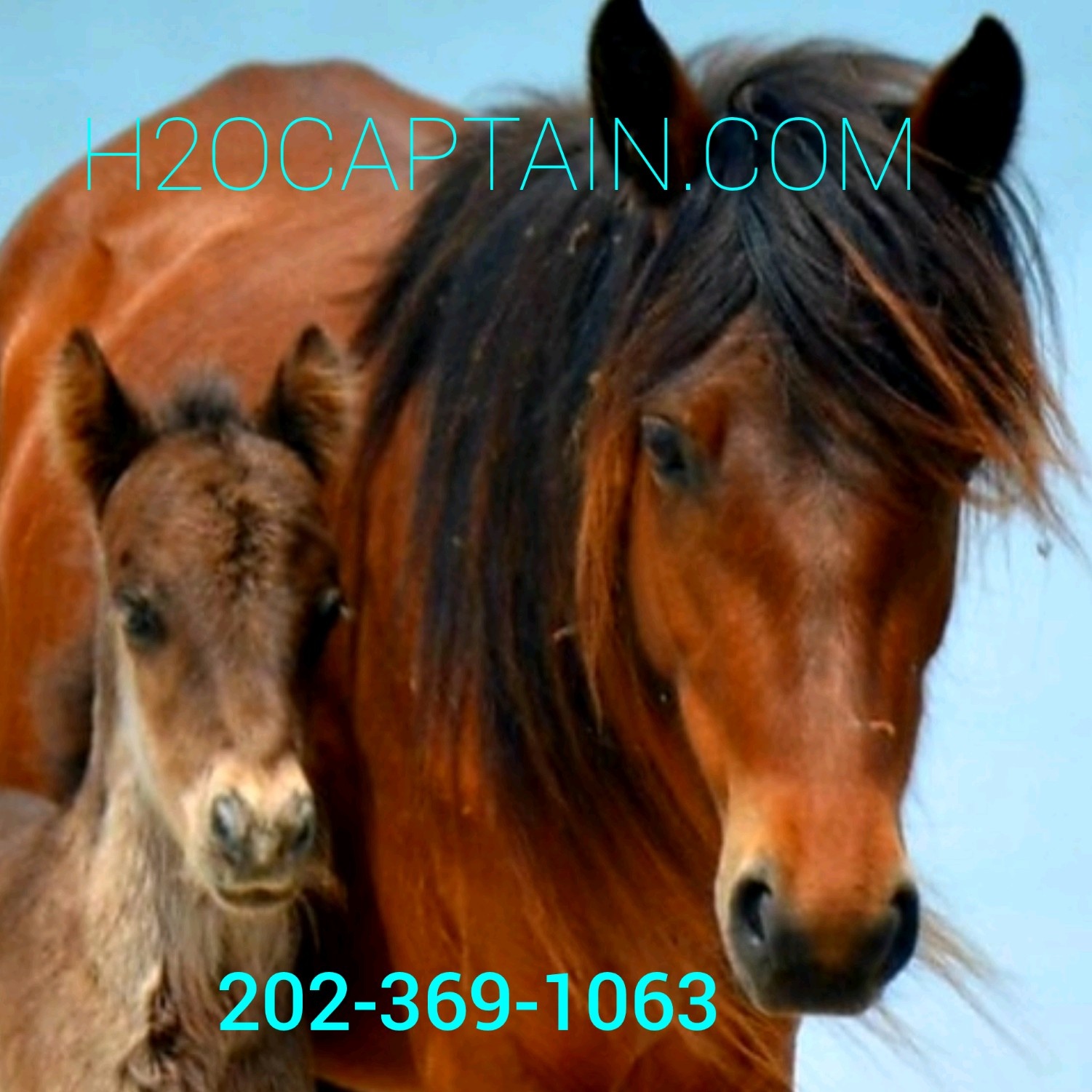Preparing for Shelling and Wild Horse Spotting on Shackleford Banks
Shackleford Banks offers an unforgettable adventure blending beachcombing with sightings of wild horses roaming free. This guide helps you prepare practically to experience its unique coastlines, wildlife, and natural rhythms safely and fully.
Bring Plenty of Water
With no fresh water sources on the island, carrying at least 2 liters per person is essential to avoid dehydration amid sun and salt breeze.
Wear Sturdy Footwear
Navigate shifting sands and sharp shell fragments safely with closed-toe shoes or hiking sandals with good grip and protection.
Respect the Wild Horses’ Space
Maintain at least 100 feet distance and observe quietly to avoid stressing the horses or provoking unpredictable reactions.
Plan Your Trip Around Tides
Timing your shelling after high tide maximizes shell deposits and keeps walking routes accessible without getting stranded.
Preparing for Shelling and Wild Horse Spotting on Shackleford Banks

BWB Repeat • Boat, Walk, Beach...Repeat aka Wild Horses & Great Shelling! Private Excursion
From only $569! • Optional $200 Deposit • 4 Hours • Up to 6 passengers • All Ages
Join H2O Captain Eco-Tour for a private 4-hour trip to Shackleford Banks, where wild horses graze and shells line the beaches. Perfect for a peaceful day immersed in North Carolina’s coastal beauty.
Shackleford Banks pairs the rugged thrill of exploring untamed coastline with the chance to witness one of North Carolina’s true wild wonders—its free-roaming wild horses. Before you step foot onto this barrier island, preparation is key to making your shelling expedition and wild horse spotting both rewarding and safe.
Access to Shackleford Banks begins from Beaufort, NC, where ferries shuttle visitors across the slow-moving water. The crossing takes about 30 minutes, the tide pulling and pushing the ferry like a breathing giant beneath you. As the boat docks, the sand stretches out—barren yet alive—with the ocean on one side daring you forward and salt marshes quivering on the other.
The island itself offers roughly 8 miles of mostly flat terrain along wide sandy beaches and grassy dunes. Elevation gain is minimal, rarely exceeding a few feet, but watch for soft, shifting sand which commands steady footing. Trails through maritime forests give brief refuge from sun and wind, where mosquitos may test your patience in warmer months.
Shelling here means more than just collecting—you’re reading the beach. Look for clusters of sea beans, moon snails, and cockle shells, each telling of currents and recent tides. Early morning after high tide usually rewards the best finds; the beach is freshly swept, and the island hums quieter.
Wild horse spotting demands respectful distance. These feral horses are fiercely independent, living freely since the colonial era. They challenge your presence with careful scrutiny and sudden gallops. Use binoculars or a zoom lens, and resist the urge to approach—they roam vast swaths, grazing along dunes and inside salt marshes.
Weather here is a dynamic partner—summer sun is intense and relentless, winter winds bite with sharp gusts. Pack water generously; hydration is not just comfort but survival, and sturdy footwear must handle sand, splintered shell fragments, and occasional marshy patches.
Plan your timing to avoid the busiest weekends and bring a map or GPS device—the landscape offers few landmarks. Cell coverage is patchy, leaving you reliant on your equipment and instincts. Respect the island’s protected status by carrying out everything you bring in—trash sticks out like a sore thumb here.
In the end, Shackleford Banks is a living force, shaped by tides and time, hosting wild horses who are fiercely themselves. Enough preparation coupled with a keen eye and patient spirit will leave you rewarded with shells that shimmer and horses that ghost across the dunes, moments of raw, untamed beauty captured not just in photographs, but in memory.
Nearby Trips
All Adventures
Boat Charters
Water Activities
Adventures near Beaufort
Discover the unique and memorable adventures that make Beaufort special.
Frequently Asked Questions
How do I get to Shackleford Banks?
Access is by ferry from Beaufort, North Carolina, with scheduled departures typically starting in spring and continuing through fall. The ferry ride takes around 30 minutes, and reservations are recommended during peak seasons.
Are there guided tours for wild horse spotting?
Yes, guided tours are available and provide insightful histories and safe viewing distances for these feral horses. However, independent exploration is allowed—just maintain respectful distance and follow local regulations.
Can I bring dogs to Shackleford Banks?
Dogs are not permitted on Shackleford Banks in order to protect sensitive habitats and avoid disturbing wild horses and nesting birds.
What types of shells are commonly found?
Common finds include channeled whelks, moon snails, cockle shells, and particularly sea beans washed up after storms or high tides.
Is there anywhere to shelter on the island?
Shelter is minimal; small maritime forests offer shade, but there are no facilities. Bring appropriate sun protection and prepare for exposure to elements.
What wildlife besides wild horses might I see?
You can spot shorebirds like terns and herons, crabs scuttling near marsh edges, and occasionally white-tailed deer along forested areas of the island.
Recommended Gear
Hydration Pack or Water Bottles
Ensures you stay hydrated throughout your time on the island where no potable water is available.
Closed-toe Hiking Sandals or Trail Shoes
Protect feet from sharp shells and uneven terrain while allowing ventilation on hot days.
Binoculars
Enhances wild horse viewing without disturbing their natural behavior.
Sun Protection (Hat, Sunglasses, Sunscreen)
Critical for protecting skin and eyes from intense coastal sun and reflective sand.
Local Insights
Hidden Gems
- "The western end of the island offers quieter spots for shelling, away from common landing areas."
- "Small tidal pools form after high tides between dune ridges, harboring tiny crabs and marine life."
Wildlife
- "The Banker horses are unique descendants of Spanish mustangs introduced centuries ago."
- "Sea turtles occasionally nest along the more remote beach stretches during summer months."
History
"Shackleford Banks’ horses are remnants of colonial-era livestock, they have thrived wild here since the 16th century, representing a living piece of coastal heritage."

